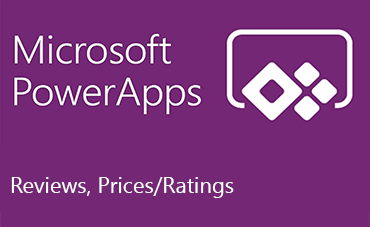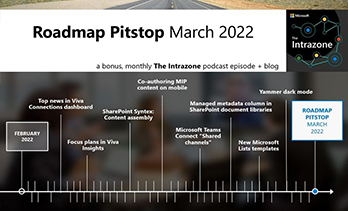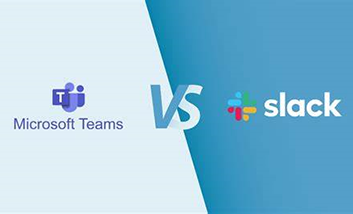Through a process of building, testing, and deploying code, Continuous Integration (CI)/Continuous Delivery (CD) pipelines will enable us to securely deploy a new version of the product. From integration and testing to delivery and deployment, it offers automation and continuous monitoring throughout the lifecycle of a software product.
Continuous Integration (CI) is the process of automating code modifications that can occur during application development, testing, or merges of the code to a shared repository.
Our ability to release the artifacts into various settings is made possible by continuous delivery (CD). In order to make sure that an application is successfully deployed to a cloud environment, we can construct automated test cases for the application. CD enables us to distribute the code to various phases through valid approvals. Every time a team member submits code changes to version control, continuous integration (CI) automatically builds and tests the updated code. A code committed to a shared repository's main, or trunk branch causes the automated build system to create, test, and validate the whole branch. By merging their modifications into the common version control repository each time, they finish a task, continuous integration (CI) encourages developers to share their code and unit tests.
Software developers frequently work alone before having to integrate their modifications into the team's overall code base. Waiting days or weeks before integrating code can result in numerous merge conflicts, difficult-to-fix issues, divergent coding practices, and redundant work. Because CI mandates that the development team's code be continually merged to the shared version control branch, it avoids these issues.
The main branch is kept current by CI. Developers can segregate their work in transitory feature branches by using contemporary version control systems like Git. The developer publishes a pull request from the feature branch to the main branch after the feature is finished. The feature branch can be deleted after the pull request is approved, at which point the modifications are merged into the main branch.
This procedure is repeated by development teams for every work item. Teams can create branch rules to guarantee the primary branch keeps the desired quality criteria.
Cognitive Intelligence
Microsoft SharePoint is used by more than 190 million users in 200,000 businesses for intranets, team sites, and content management. Although it's a fantastic platform for intranets and websites, users have complained that the search functionality might be improved. SharePoint performs well on its own when used in Microsoft contexts. Otherwise, it becomes quite difficult to retrieve pertinent results as and when they are required. Here we'll go over the main issues customers have with adopting SharePoint intranets and show you how cognitive technology uses AI, ML, and NLP to improve SharePoint's functionality. When SharePoint is used in its default configuration, as many organizations do, it frequently produces the wrong results. There are several causes, such as difficult navigation, a dearth of functionality, and endless hours spent searching through data. However, the following are the pain spots with SharePoint intranet that are most frequently reported:
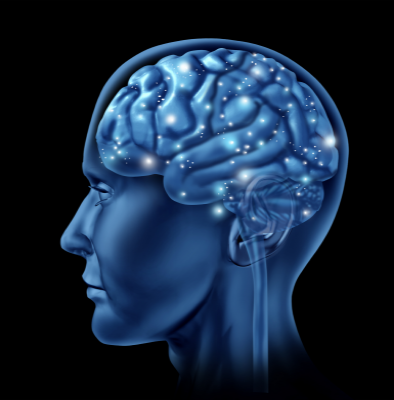
-
 Auto-indexing Capabilities
Auto-indexing Capabilities When searching for information on a SharePoint instance, you can find what is in your search index thanks to auto-indexing capabilities. As a result, SharePoint may not have the necessary content sources indexed, which would explain why you are not getting the intended results. Although it might automatically index your information on Windows SharePoint Services (WSS) or Microsoft Office SharePoint Server (MOSS), the reach of your company content goes beyond either of them. No of the format of the material, it should be automatically indexed both when it is created and when it is updated to ensure search relevancy.
-
 Full-Text Search Capabilities:
Full-Text Search Capabilities: SharePoint's search schema doesn't search the document, photos, reports, or other content; it only looks for information and delivers results. Retrieving any useful information from unstructured data with no metadata is therefore exceedingly difficult. Alternatively, not all of the results within a given document may be highlighted if you configure your SharePoint infrastructure to support full-text search. Because of this, a SharePoint-compatible solution is necessary.
-
 Setting up Custom Tags:
Setting up Custom Tags: We are used to searching by tags or metadata in real-world applications, such as a hashtag on Twitter or Instagram. Users can focus their search results on a certain field by using tags or metadata. SharePoint includes built-in tags like time and file type but by default precludes creating custom tags. To add custom tags, you must configure your SharePoint instance, which is once again a laborious and perplexing process. Perhaps this is the cause of users' propensity to ignore it and jeopardize search relevancy. Results of a Customized Search: SharePoint does not by default offer customized results, yet customization is the new black. Users are consequently disgruntled and disappointed.
-
 How does Cognitive Search promote SharePoint user adoption?
How does Cognitive Search promote SharePoint user adoption? It bears emphasizing that when SharePoint is deployed out-of-the-box, you cannot utilize all of its features. Deliver a better and more effective native search experience by combining it with a clever technology like cognitive search. A strong indexing engine that goes beyond MOSS or WSS is provided by cognitive technology, providing a unified, 360-degree view of the whole company’s knowledge base.

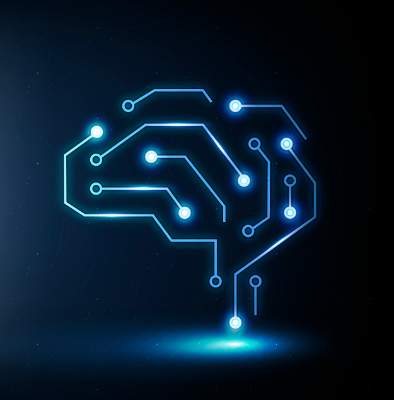
-
 Creating a taxonomy automatically:
Creating a taxonomy automatically: By 2025, 80% of all data will be unstructured, according to a report by IDC. Therefore, a scalable solution that works in conjunction with SharePoint and can get pertinent results as needed is urgently needed. We need a cognitive search engine, and that's exactly what. To make content more meaningful, it extracts entities and enhances them. To automatically categorize and render unstructured material SEO-friendly, it extracts and organizes crucial parts.
-
 Relevance of Personalized Search:
Relevance of Personalized Search: Cognitive search engines use Natural Language Processing (NLP), which is important for identifying user patterns. Additionally, it uses historical data to generate results that go beyond the keywords given in the search box and instead take the query's context and user intent into account. Results are more pertinent the better the user intent is understood.
-
 Search tuning:
Search tuning: Cognitive search solutions provide the most relevant search results while maintaining the highest security criteria set by the sector. They make instantaneous decisions to automatically improve search results and personalize the user interface by utilizing AI and ML. Additionally, they give you the choice to manually adjust your search results to reduce the number of clicks required to obtain the appropriate collateral. Search Analytics: Despite your best efforts, content gaps will eventually appear. After all, the only constant is shifting user behavior. Cognitive technology's search analytics provide you with information on user behavior and the usability of content. You can fill in the content gaps to make your intranet portal the go-to site for all of your employees by making the best use of the data obtained by AI-powered insight engines.

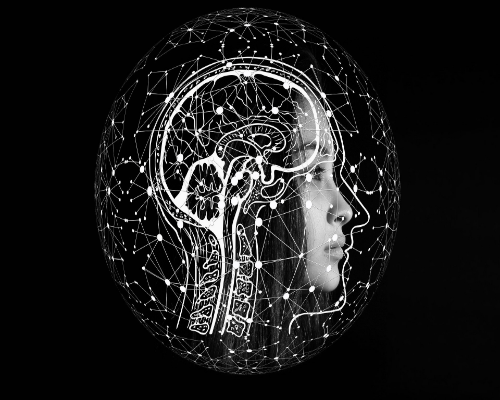
-
 Want to use cognitive technology to increase intranet adoption?
Want to use cognitive technology to increase intranet adoption? The search experience has been abandoned for far too long, even though the intranet continues to advance in sophistication. The obstacles that native search faces can be overcome via cognitive search.
-
 Improved Enterprise Search & Search Intelligence with SharePoint:
Improved Enterprise Search & Search Intelligence with SharePoint: -
Connectivity refers to how systems are connected to SharePoint.
-
Metatags are automatically generated by auto-classification.
-
Document Preview: Features known as Office Web Apps that go beyond OOTB previews (aka OWA).
-
Pre-built Applications: A collection of features that SharePoint OOTB lacks.
-
Want to know more?
To know more about our Modern solution services, please do fill the form in the right side.
Reach US
+971 042156787
info@technomaxsystems.com



